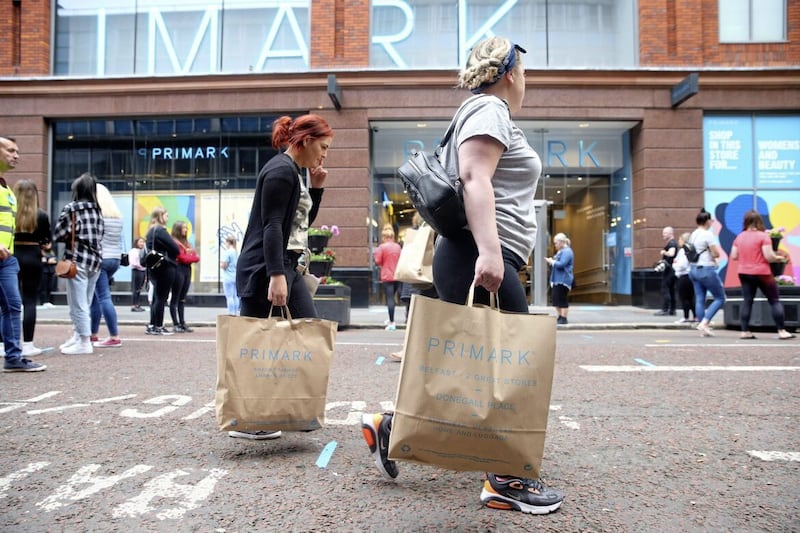A ROADMAP has been published setting out proposals for a five-year reconstruction plan for Northern Ireland's hard-hit high streets, reforming business rates and improving retail planning policy.
The High Street Task Force (HSTF) report, entitled ‘Delivering a 21st Century High Street’, contains 14 key recommendations and priority areas for high streets and town centres to flourish.
As well as including significant changes on planning, business rates, regeneration and infrastructure investment, it looks at how clean, green, family-friendly destinations can be eco systems for many different types of business to thrive in the north's towns and cities, which have been hit hard by the impact of th Covid pandemic.
The HSTF, which draws its membership from central and local government, academia and business groups, has an agreed vision of creating: “Sustainable city, town and village centres which are thriving places for people to do business, socialise, shop, be creative and use public services as well as being great places to live.”
Junior Ministers Gary Middleton and Declan Kearney, who are joint chairs of the task force, were presented with the report by High Street Task Force members Glyn Roberts (Retail NI), Seamus McAleavey (NICVA) and Cathy Reynolds (Society of Local Authority Chief Executives).
Junior Minister Middleton said: “We want to empower people and communities to reshape and repurpose their local villages, towns and cities, to create a more diverse high street - high streets that are clean, green, family friendly destinations that are welcoming for everyone.
“A joined-up and collaborative approach must continue over the coming years to deliver high streets, village, town and city centres that are fit for the 21st century and this report provides the next steps for the new Ministers in the next mandate to take forward work to revitalise our village, town and city centres.”
Junior Minister Kearney added: “We want to see our cities, towns and villages regain and retain their vibrancy, purpose and sense of place.
"High streets of the future should be safe and attractive gathering points for whole communities, where people can live, work, shop, learn, do business, use public services and enjoy their leisure time.
“I believe this report and its recommendations can play a vital role in revitalising our high streets.”
The HSTF report and its recommendations will now be subject to consideration by the next Executive, who will determine how it can be aligned with the future Programme for Government.
Glyn Roberts, Retail NI chief executive and chair of the High Street Task Force's influencing policy and strategy sub-group, said: “This report sets out proposals for a five year reconstruction plan for our high streets, reform of our business rates and the need to improve our retail planning policy.
“We hope that an incoming Executive after the election will hit the ground running with this plan and begin the long road of recovery for our high streets.”
Seamus McAleavey, chief executive of NICVA and member of the High Street Task Force's developing capacity sub-group, said: “It is obvious change is happening. We are in the fourth industrial revolution, it has speeded up during the Covid pandemic by necessity. Online commerce is the norm and communities need to re-invent there town centres.
“Only a new vision will work as the past is the past. Communities are the heart of the city, town and villages centres. We can build vibrant high streets; places people want to work in, shop in and enjoy themselves in. It is achievable.”
Cathy Reynolds, director of city regeneration and development, place and economy department, at Belfast City Council, and representing SOLACE, said: “Our high streets have experienced significant change and challenges over recent years and it is critical that there is a focused effort to address these challenges and build on opportunities to ensure the future sustainability of our towns and cities.
“A long term sustained approach is required to ensure high streets are supported to thrive and most importantly survive.”








